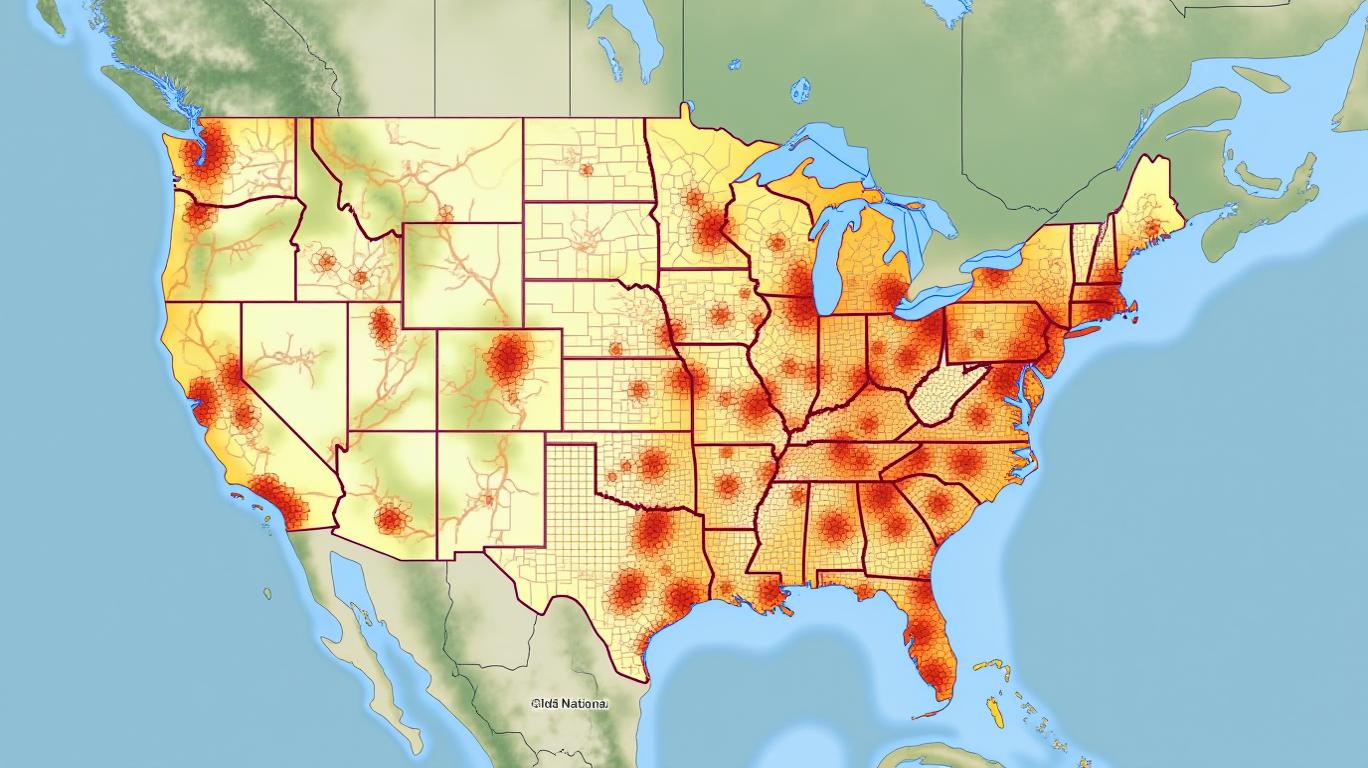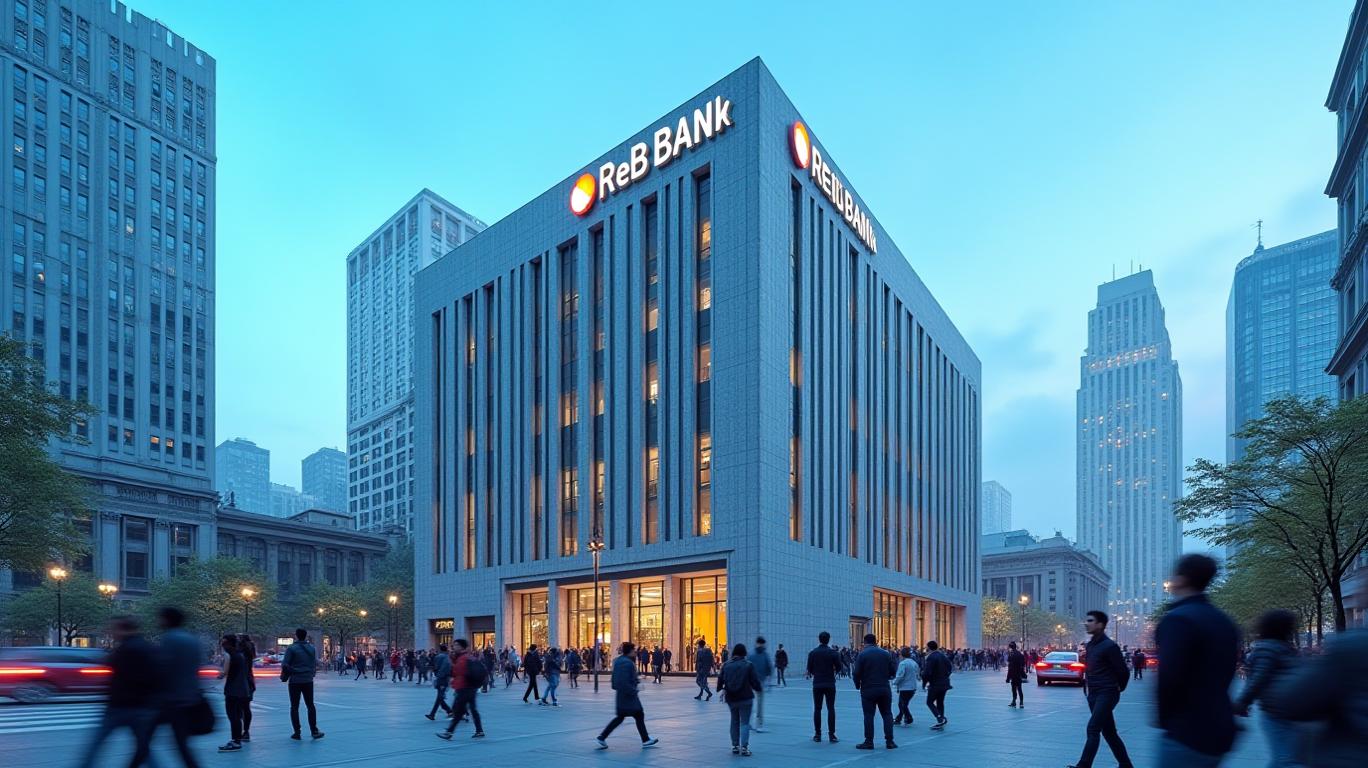Riverview Bancorp Has Little Room Left To Run
Riverview Bancorp (NASDAQ:RVSB) has been a poster child for resilience in regional banking over the past year. The bank’s fiscal 2025 results showed improved profitability, with net income up 29% and earnings per share hitting $0.23—both milestones that outpaced analyst expectations. Yet beneath the surface, the stock’s recent performance suggests investors are growing cautious about its ability to sustain momentum. With shares trading near $6 after a volatile early 2025, the question is: Does Riverview still have room to run, or is this a peak in its cycle?
The Bull Case: Solid Fundamentals, Strategic Momentum
Riverview’s financial turnaround is undeniable. Its net interest margin (NIM) expanded to 2.65% in Q4 2025, a 33-basis-point improvement from a year earlier, driven by higher loan yields and stabilized deposit costs. Loan growth surged to $1.06 billion, up $38.4 million year-over-year, while asset quality remains pristine—non-performing assets sit at just 0.01% of total assets. The company’s capital ratios are also robust, with a total risk-based capital ratio of 16.27%, well above regulatory “well-capitalized” thresholds.
Analysts project 10% annual revenue growth for Riverview over the next two years, outpacing the U.S. Banks industry’s 7.1% average. This optimism is fueled by its strategic focus on loan production and digital leadership, with originations hitting $49.4 million in Q4 2025. The stock’s 3.7% year-to-date gain through April 2025 also reflects investor confidence in its ability to navigate a challenging macro environment.
The Bear Case: Structural Headwinds and Overvaluation Risks
But the cracks are visible. While Riverview’s NIM expanded in 2025, deposit costs remain a lurking threat. The bank’s reliance on borrowed funds (up 12% year-over-year) and shrinking deposits—$1.23 billion in 2025 versus $1.25 billion in 2024—could squeeze margins further as interest rates stabilize. Meanwhile, the dividend was slashed by 67% to $0.02 per share in April 2025, signaling management’s focus on preserving capital over shareholder payouts.
The stock’s valuation also raises red flags. While analysts raised the price target to $7.00 in late April - a 14% premium to its then-$6.15 price - this assumes Riverview can deliver on its 2027 EPS forecast of $0.42, which requires a 75% jump from 2026’s $0.24. History suggests such leaps are rare. Moreover, the stock trades at a price-to-tangible-book ratio of 1.2x, above its five-year average of 1.0x, implying limited upside unless earnings accelerate dramatically.
Institutional Skepticism and Market Context
Institutional investors are already voting with their feet. BlackRock, once a major shareholder, reduced its stake by 93% in late 2024, a move that spooked short-term traders. While the $2 million stock repurchase program announced in April 2025 aimed to signal confidence, it’s a drop in the bucket compared to the $1.2 billion in total market cap.
The broader banking sector also faces headwinds. Regional banks are grappling with margin compression as deposit costs rise, and Riverview’s narrow NIM of 2.65% lags peers like M&T Bank (MTB) at 3.1% or Truist (TFC) at 3.2%. With the Fed pausing rate hikes, the tailwind of rising rates that boosted loan yields is fading, leaving Riverview to rely on organic growth—a tough ask in a crowded space.
Conclusion: A Peak in the Cycle?
Riverview Bancorp has delivered solid results, but its stock’s recent performance suggests the market is pricing in most of the good news. While the company’s fortress balance sheet and loan growth are positives, structural challenges like deposit erosion and margin pressure limit its growth ceiling. Analysts’ rosy 2027 forecasts hinge on assumptions that Riverview can defy its industry’s slowing trajectory—a big ask.
With shares near $6 and a price target of $7.00, the upside is capped unless the bank achieves an earnings leap that few regional peers have managed. Meanwhile, the stock’s 52-week high of $6.43 (as of May 2025) sits just 7% above current levels, and its all-time peak of $12.81 (2007) is a distant memory. For investors, Riverview now looks more like a “hold” than a “buy”—a solid performer but one that’s likely nearing its cycle peak.
In short, Riverview has done its part to climb the wall of worry. But with valuation stretched and tailwinds fading, the next leg higher may require a miracle.









